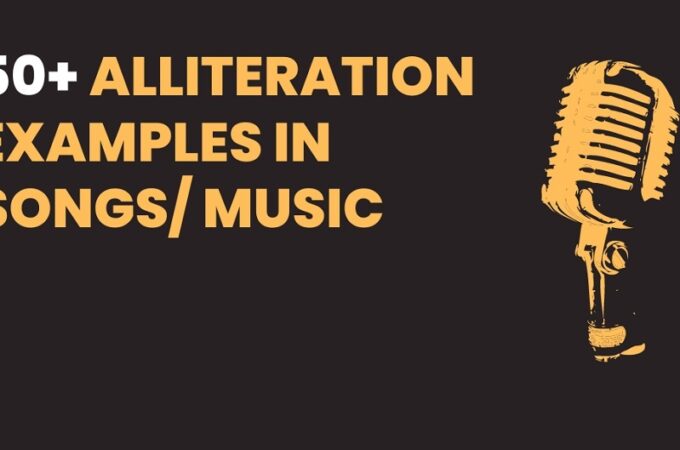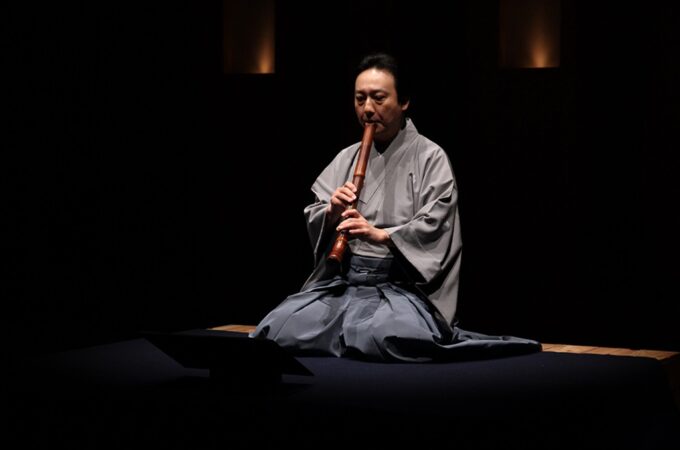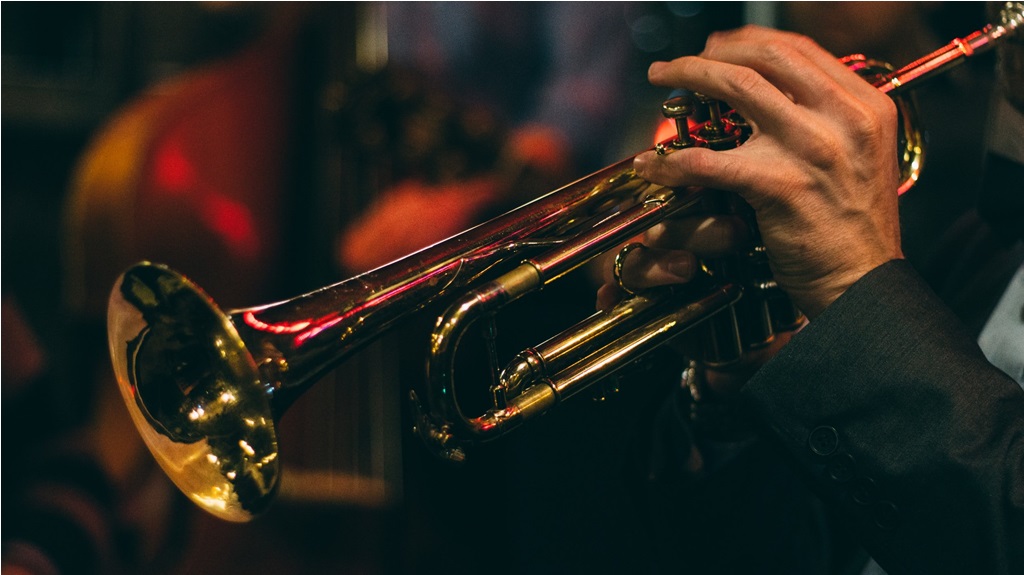
How to Play the Trumpet
Playing the trumpet is an incredibly fulfilling experience that allows you to express your deepest emotions through an array of vibrant and powerful tones. This iconic brass instrument is not just a tool for creating music, but a means of communication that transcends language and culture. Whether you’re a beginner looking to embark on your musical journey or an experienced player seeking to refine your skills, this comprehensive guide is designed to take you through the fundamentals and advanced techniques of playing the trumpet.
You will learn how to play the trumpet, form a correct embouchure, produce a beautiful tone, and execute various playing techniques, including articulation, phrasing, and dynamics. Additionally, you will gain a deeper understanding of music theory, ear training, and performance skills that will help you become a well-rounded and confident musician. So, if you’re ready to dive into the world of trumpet playing and discover your unique voice, let’s get started!
Table of Contents
ToggleChoosing the Right Trumpet
Before you can become a trumpet virtuoso, it’s crucial to start with the right instrument. Consider factors such as your skill level, budget, and preferred style of music. From student models to professional trumpets, there’s a wide range of options available. Don’t rush this decision – find a trumpet that resonates with you.
Assembling Your Trumpet
Once you have your trumpet, it’s time to familiarize yourself with its components. Assemble the instrument carefully, ensuring all valves and slides are in the correct positions. This not only guarantees optimal sound but also prevents damage to your trumpet.
Proper Posture and Holding
Having a good posture is crucial to playing the trumpet with ease and precision. When practicing or performing, it is recommended to stand or sit up straight with your feet shoulder-width apart. Additionally, it is important to hold the trumpet with a relaxed grip, as gripping it too tightly can hinder your playing ability, while holding it too loosely may lead to a loss of control over the instrument.
Basic Trumpet Techniques
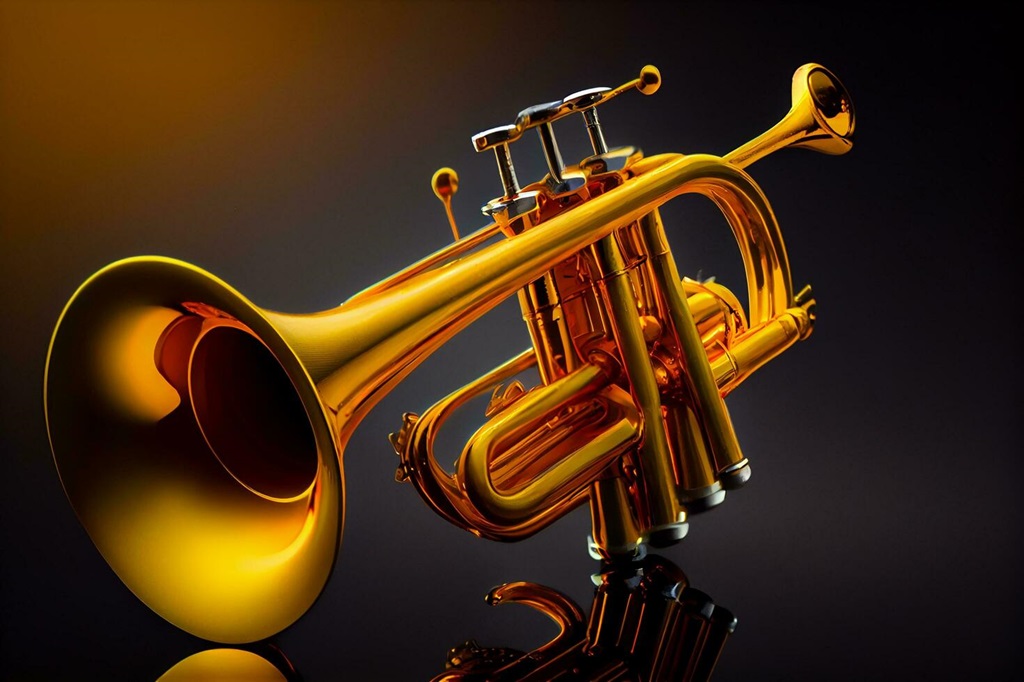
Mastering the embouchure is fundamental to producing a clear and resonant sound. Practice forming your lips into a firm but flexible shape, creating a small aperture through which air passes. Experiment with different embouchure positions to find what works best for you.
Breathing Techniques
Effective breathing is the cornerstone of trumpet playing. Focus on diaphragmatic breathing – inhale deeply, expanding your diaphragm, and exhale steadily to maintain control. Consistent airflow is essential for producing sustained, beautiful notes.
Articulation and Tonguing
Refine your articulation by practicing different tonguing techniques. Experiment with single, double, and triple tonguing to achieve precision and clarity in your playing. The right tonguing technique adds a dynamic element to your music.
Advanced Trumpet Techniques
Mastering High Notes
Playing high notes on the trumpet requires control and finesse. Start by practicing in the middle register and gradually work your way up. Maintain a steady airflow, and focus on the precision of your embouchure for clear, powerful high notes.
Vibrato and Expressive Playing
Inject emotion into your playing through vibrato and expressive techniques. Experiment with subtle variations in pitch and intensity to convey different moods in your music. Vibrato adds warmth and character to your trumpet performance.
Improvisation and Jazz Techniques
For those interested in jazz, exploring improvisation is a must. Learn scales, chord progressions, and develop your ear for improvisational opportunities. Jazz techniques can open up new avenues for creativity and self-expression.
Troubleshooting Common Issues
Dealing with Stuck Slides and Valves
It’s not uncommon for trumpet slides and valves to get stuck. Avoid using excessive force when trying to free them – gentle wiggling and valve oil application are often sufficient. Regular maintenance and cleaning trumpet can prevent these issues.
Overcoming Lip Fatigue
Playing the trumpet can be physically demanding on your lips. Build endurance gradually and take breaks to avoid lip fatigue. Stay hydrated, and consider incorporating lip exercises into your practice routine to strengthen your embouchure.
Handling Intonation Challenges
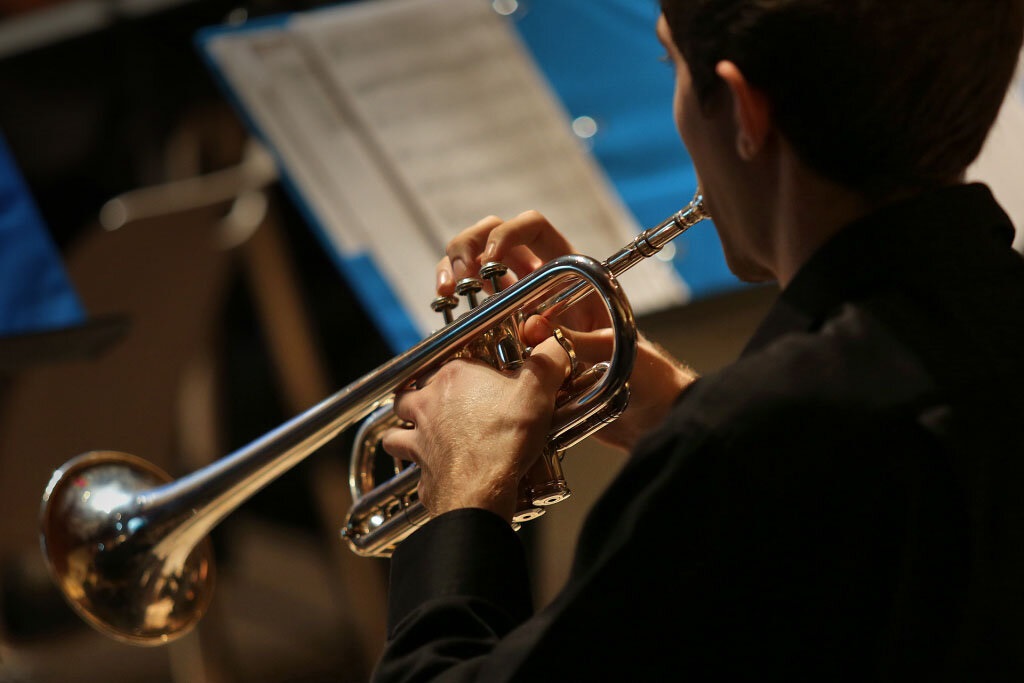
Many trumpet players often find it challenging to maintain proper intonation, which can impact their overall performance. To improve your intonation skills, it’s essential to practice with a tuner, listen to professional recordings, and experiment with adjusting your embouchure and slide positions. Start by playing long tones and scales with a tuner to identify any notes that are sharp or flat.
Once you have identified those notes, practice adjusting your embouchure and slide positions to achieve precise intonation. Additionally, listening to professional recordings can help you develop a better sense of intonation and sound production. Pay attention to the pitch and tone quality of the recordings and try to emulate them. With consistent practice, patience, and experimentation, you can improve your intonation and become a more skilled trumpet player.
Conclusion
Playing the trumpet is an enriching and rewarding journey that requires dedication, practice, and a love for music. Whether you’re a beginner or an experienced player, remember that progress comes with time and consistent effort. Embrace the challenges, celebrate the victories, and let the trumpet be your voice in the world of music. Now, go ahead, pick up your trumpet, and make some beautiful music!
Frequently Asked Questions (FAQs)
Q: How often should I clean my trumpet?
A: Clean your trumpet at least once a month or more frequently if you play regularly. Use a snake brush for the tubing, valve oil for the valves, and warm, soapy water for the mouthpiece.
Q: Can I learn the trumpet on my own, or do I need a teacher?
A: While self-learning is possible with online resources, having a qualified teacher can significantly accelerate your progress, providing personalized guidance and feedback.
Q: What’s the difference between a Bb trumpet and a C trumpet?
A: The primary difference is in the pitch. Bb trumpets are more common and versatile, while C trumpets are often preferred for orchestral and classical music due to their higher pitch.
Q: How do I increase my trumpet range?
A: Gradually extend your range through consistent practice, focusing on proper embouchure, breathing, and building strength. Avoid pushing too hard to prevent injury.
Q: Can I play the trumpet with braces?
A: Yes, you can still play the trumpet with braces. It may take some adjustment, but practicing regularly and working with your orthodontist can help you overcome any challenges.



